Well, it's been awhile. I promise, I haven't forgot about you but it's been a bit busy here lately. There's been more schoolwork to do, internships to apply for and trips to be taken. So here's a recap of our group's trip to Andalusia two weekends ago. Hopefully this post will be followed relatively soon by photos and description of my trips to Lisbon and El Escorial, a very cool monastery/palace/church located about an hour outside of Madrid.
First things first though: our trip to Granada, Cordoba and the Sierra Nevada Mountains of eastern Andalusia (Sevilla is located in western Andalusia). Let's begin with Cordoba, a charming city that is bidding to be Europe's "Capital of Culture" in 2016. Not sure exactly what kind of competition that is but the Cordobans are excited--they have signs all over the city.

A Roman bridge leading into the city center of Cordoba. We only spent an afternoon here but it appeared to be a cool little town worthy of some more time.

The courtyard of the Mosque, filled with fruit trees. Note the stone paths on the ground--apparently, as a form of ancient air conditioning, the people would wet the stones and as the water slowly evaporated, it would create a cooling sensation.

There are 856 columns in the Mosque--it really looks like a forest--very impressive.
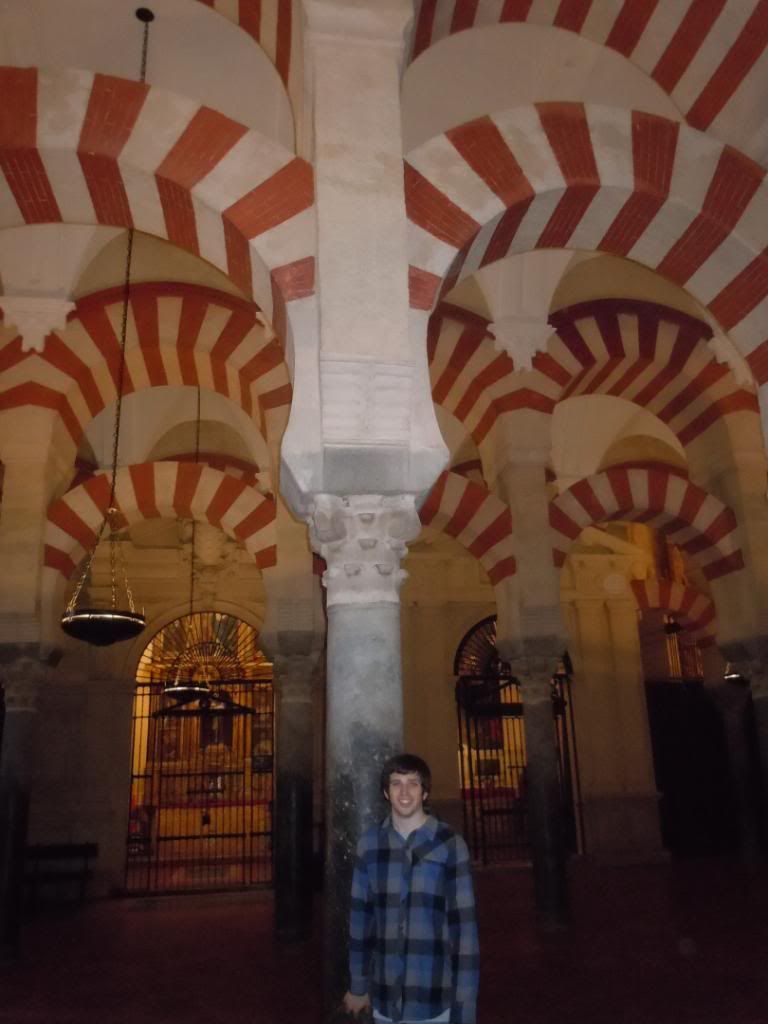
If I remember correctly, the arches are made of alternating brick and limestone so as to provide a sturdy yet flexible form. They've done well--construction on the building began in the year 784 A.D.
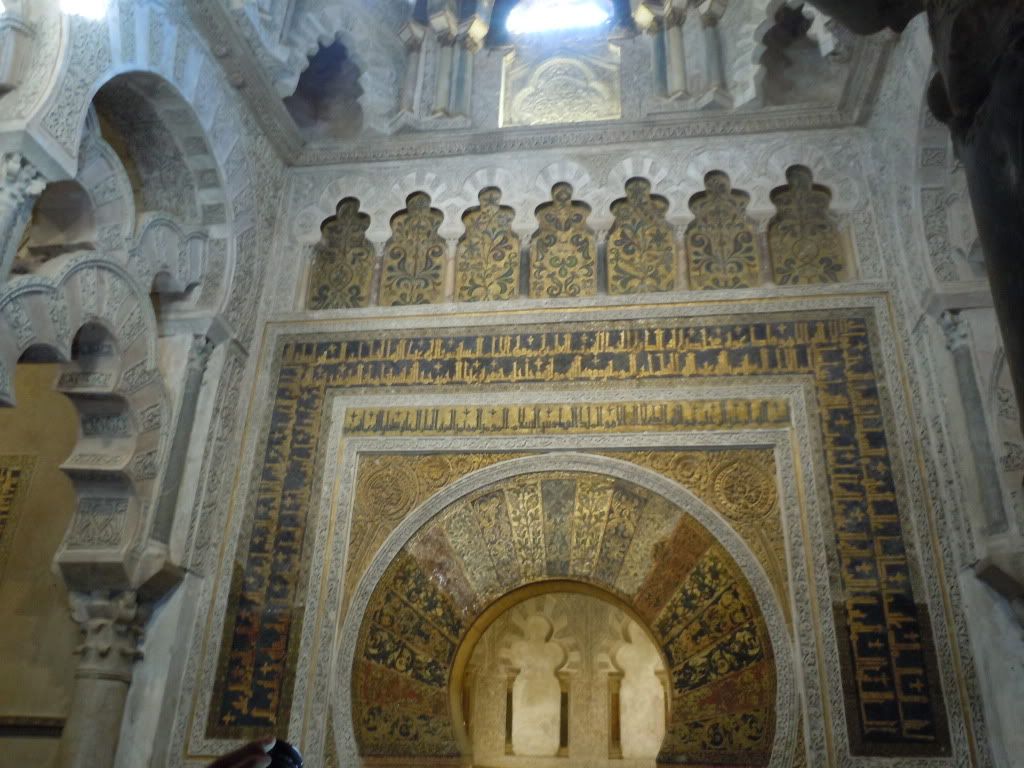
The entrance to the Mihrab, a niche in the wall oriented in the direction of Mecca for prayer.
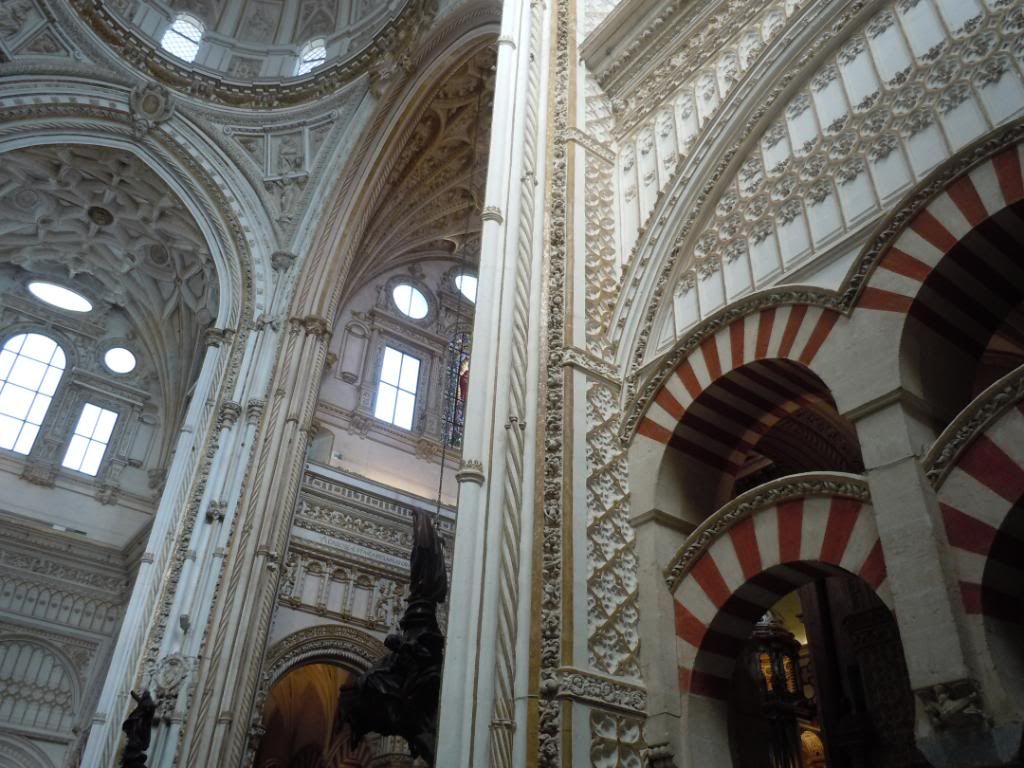
A stark contrast: the red and white arches of the Mosque with the bright white Catholic cathedral in the center of the structure.

The story with the Cathedral is a fascinating one. The Catholics reconquered Cordoba from the Muslims in 1236 and made several changes, the most drastic coming under the rule of Charles V. A local Catholic ruler wanted to tear down about 200 of the arches and put a chapel in the middle of the building and asked permission from Charles V. Not understanding the situation fully as he had never visited Cordoba, Charles V approved the project at the horror of the people of Cordoba. Later, Charles V passed through Cordoba on his honeymoon and lamented the fact that the arches had been torn down, saying something to the effect that new Catholic churches could be constructed anywhere but that they had torn down a real treasure of Muslim architecture.
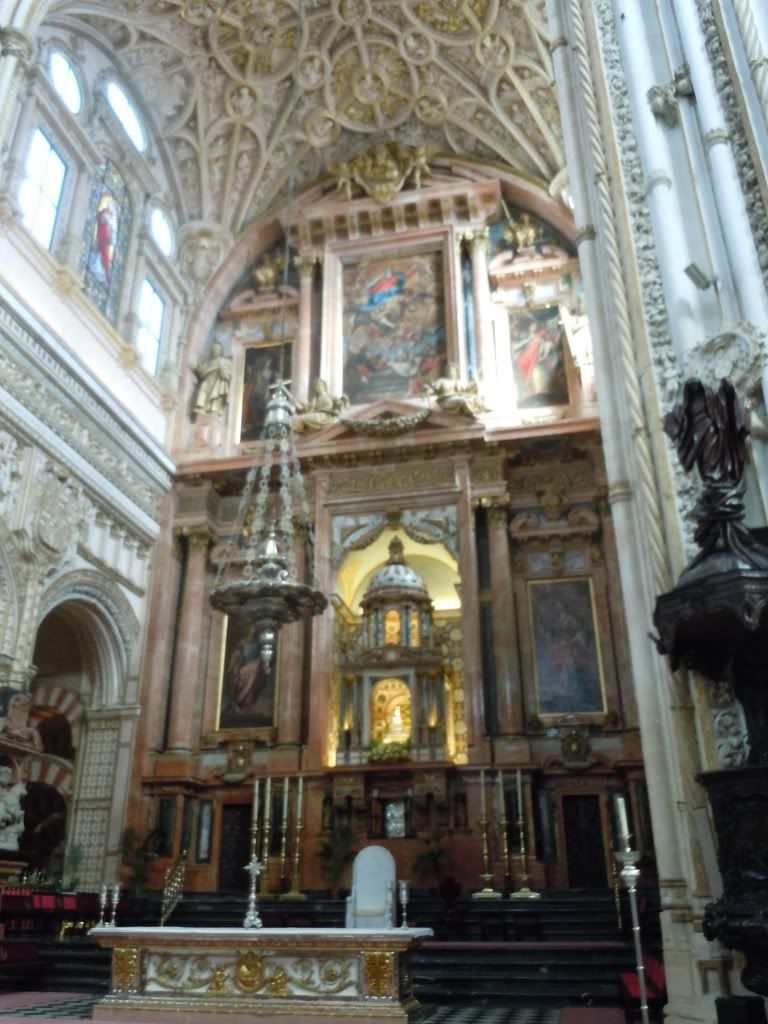
Ironically, it was the decision to put the church in the middle of the mosque that may have saved the building altogether. During the Spanish Inquisition, many mosques were destroyed--this one was spared because of the church located in its center. Now, it makes for a beautiful building and tells the story of the often violent interactions between two cultures.
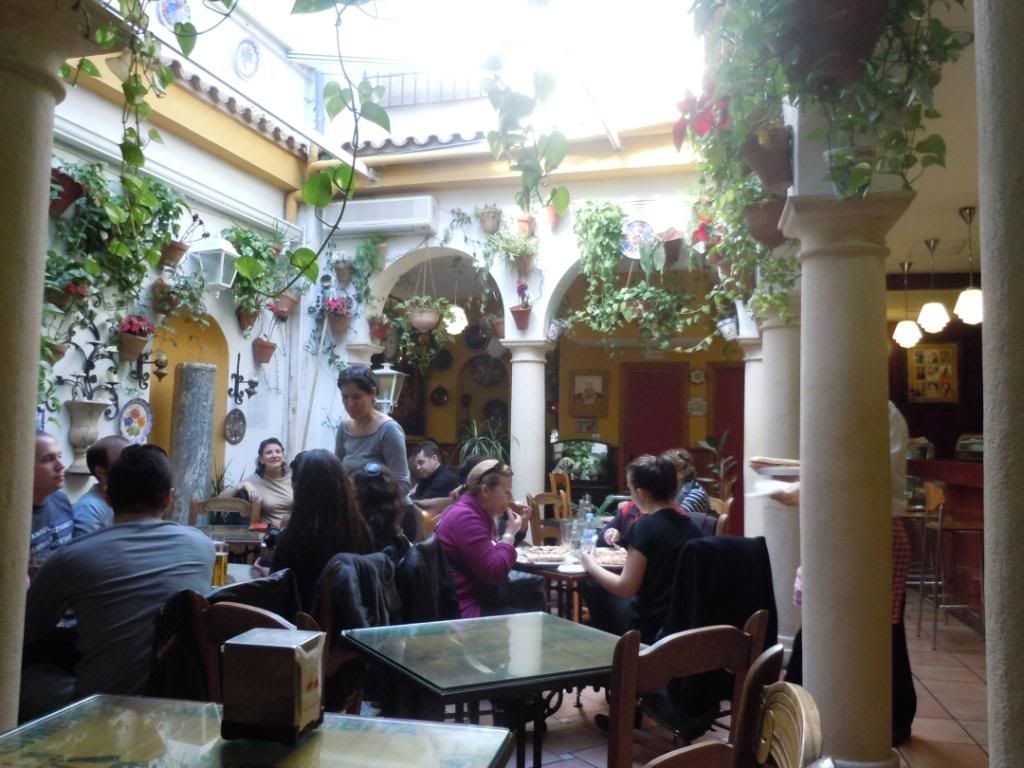
Every house/restaurant has a patio in the middle in Cordoba. This patio belongs to the restaurant where we ate--a delicious meal including salmorejo--a thicker gazpacho (if you've tried that) or a tomato flavored hummus like concoction.
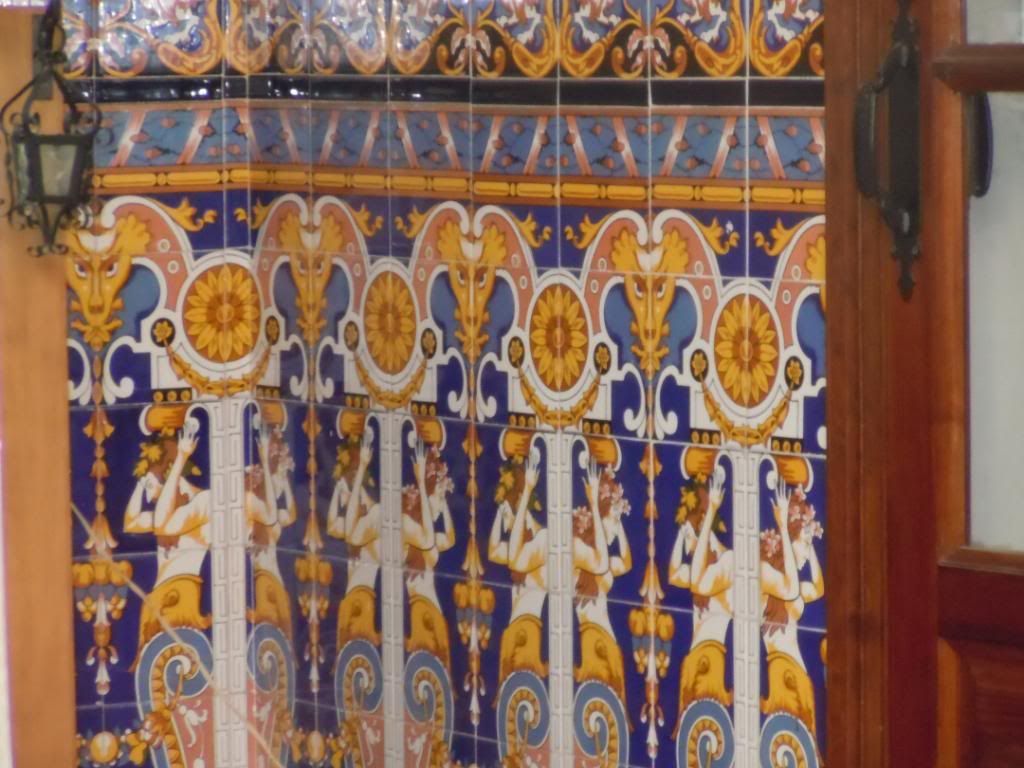
They love their title in Cordoba as well. The whole city is decorated in similar fashion.
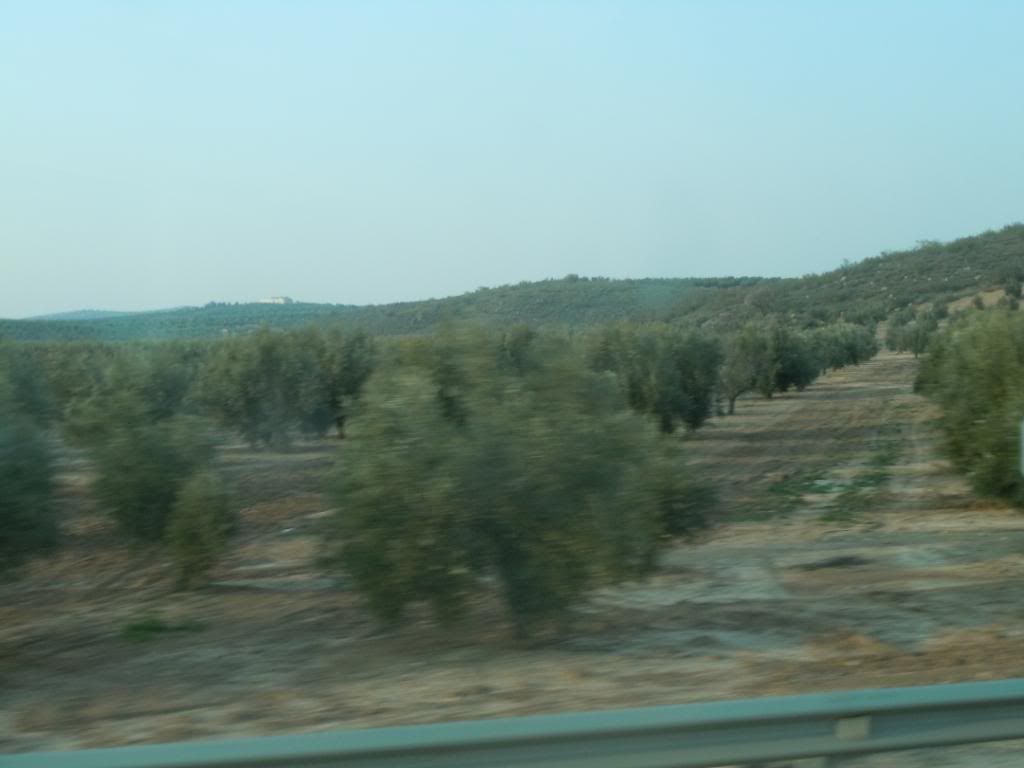
Now, to the province of Jaén, or the World's Capital of Olive Oil. Spain produces more than 40% of the world's olive oil, more than double that of Italy, the second closest. And, it's obvious why: there are olive trees as far as the eye can see.
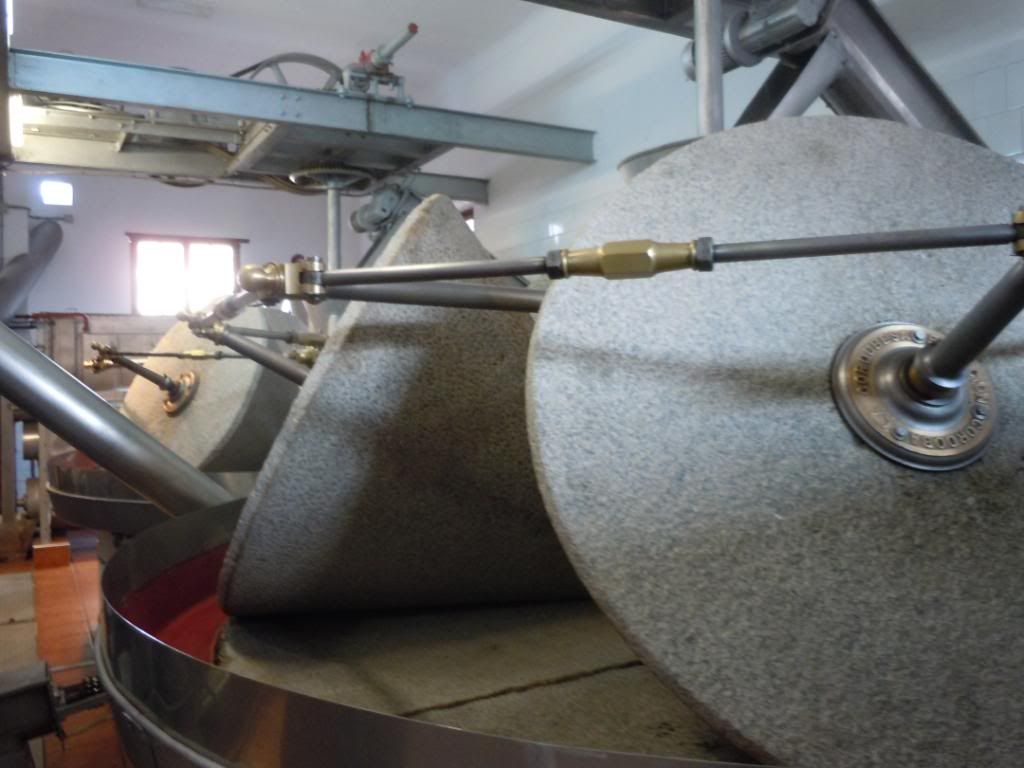
We toured an olive oil factory and got the low-down on how they make "liquid gold." At this stage, they use these giant rocks to pulverize the olives.
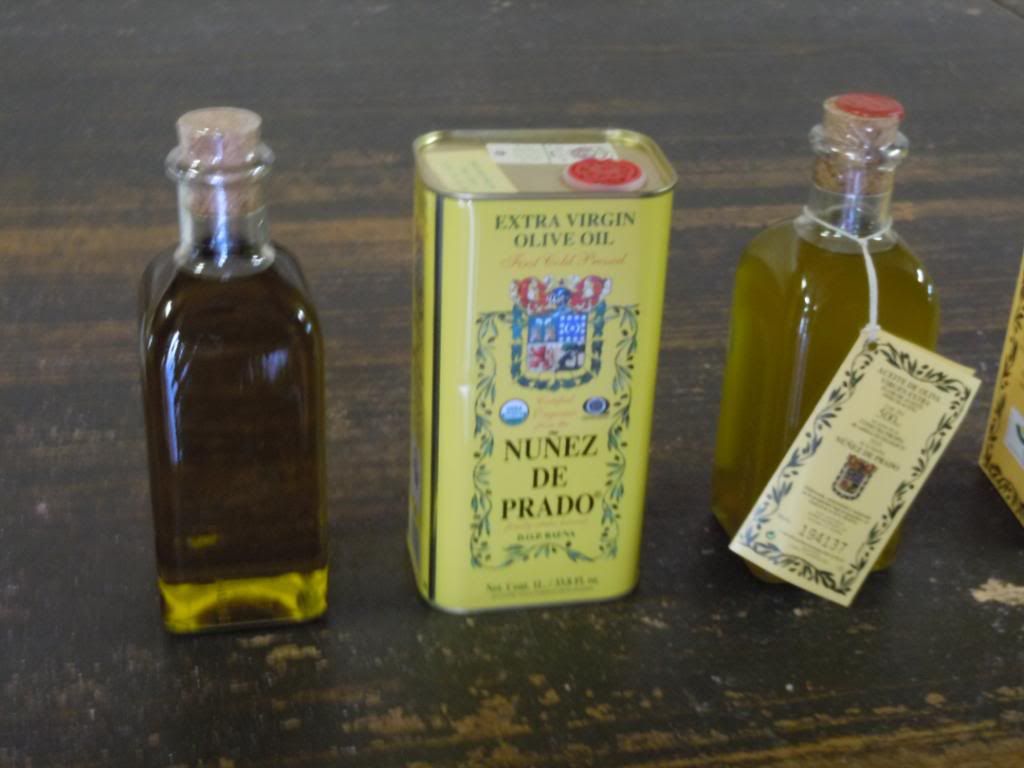
We each got to take a home one of the bottles on the right, a thicker and more flavorful olive oil than any that I've ever had. I gave it to my family here in Spain and they loved it--it's almost gone!

To the main attraction of the trip now: La Alhambra--the most visited tourist attraction in all of Europe. More people visit this place than the Eiffel Tower, the Louvre, Big Ben, etc. And it's obvious why. The palace/city compound was built over hundreds of years by the ruling Muslims in Spain.
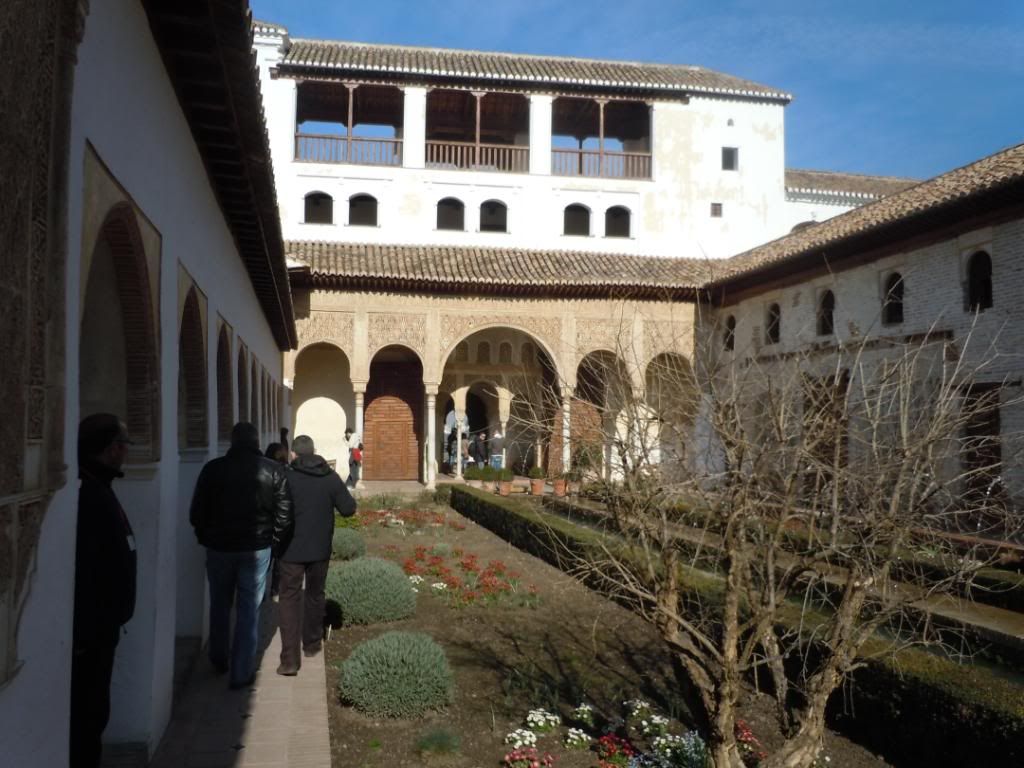
The gardens of the Alhambra are beautiful. Even in winter, the place is amazing. Lots of greenery and budding flowers as well.
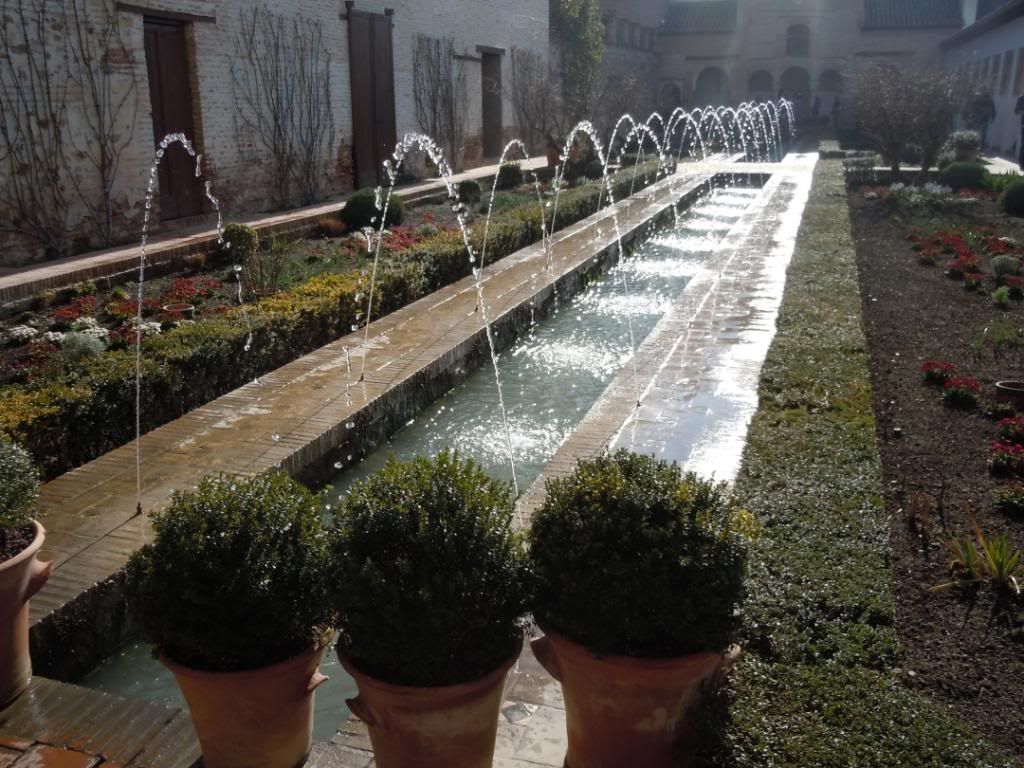
Fountains and water features are everywhere. They say the Alhambra is a monument for the five senses: obviously the sights but the sounds of the water splashing, the scents of the various flowers, the taste of fruit picked from the gardens, and well, I don't know exactly what you should touch--the walls?
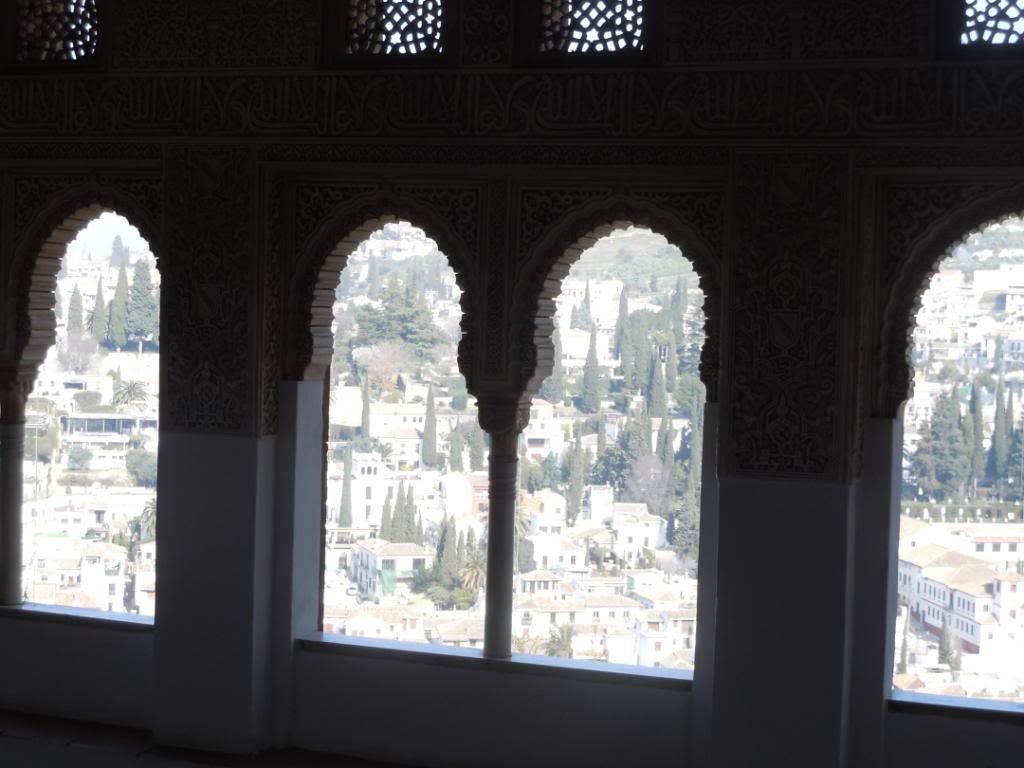
A view of the city below through the windows.
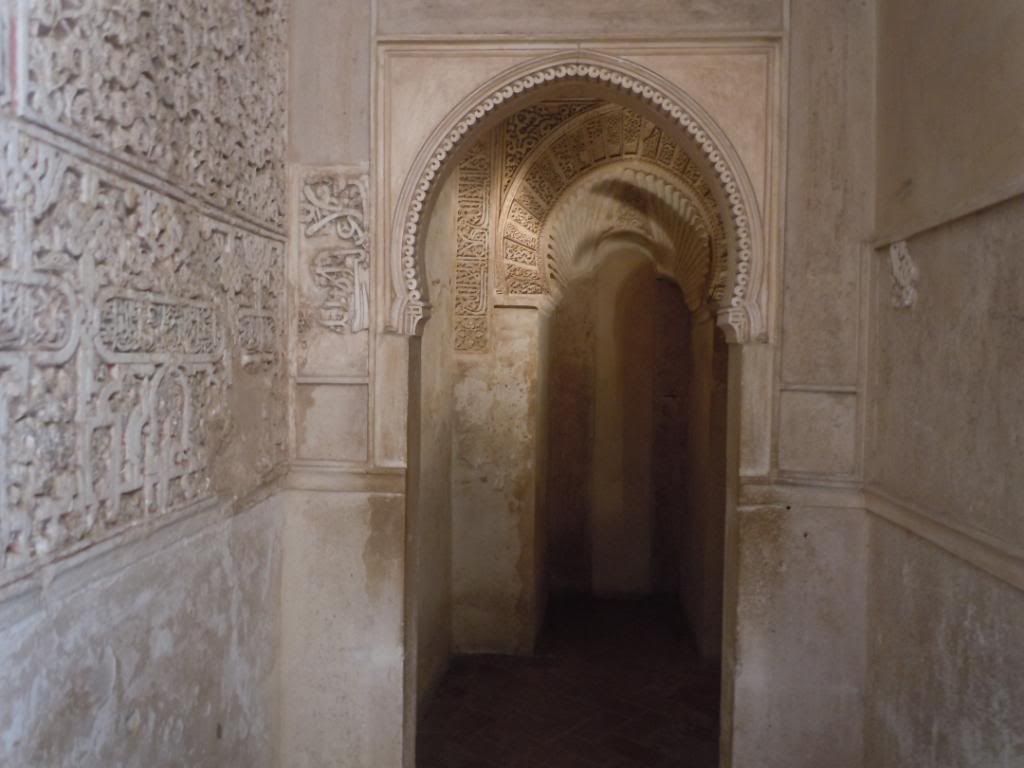
The Sultan's chambers are located through these doors. Very cool architecture throughout the entire place.
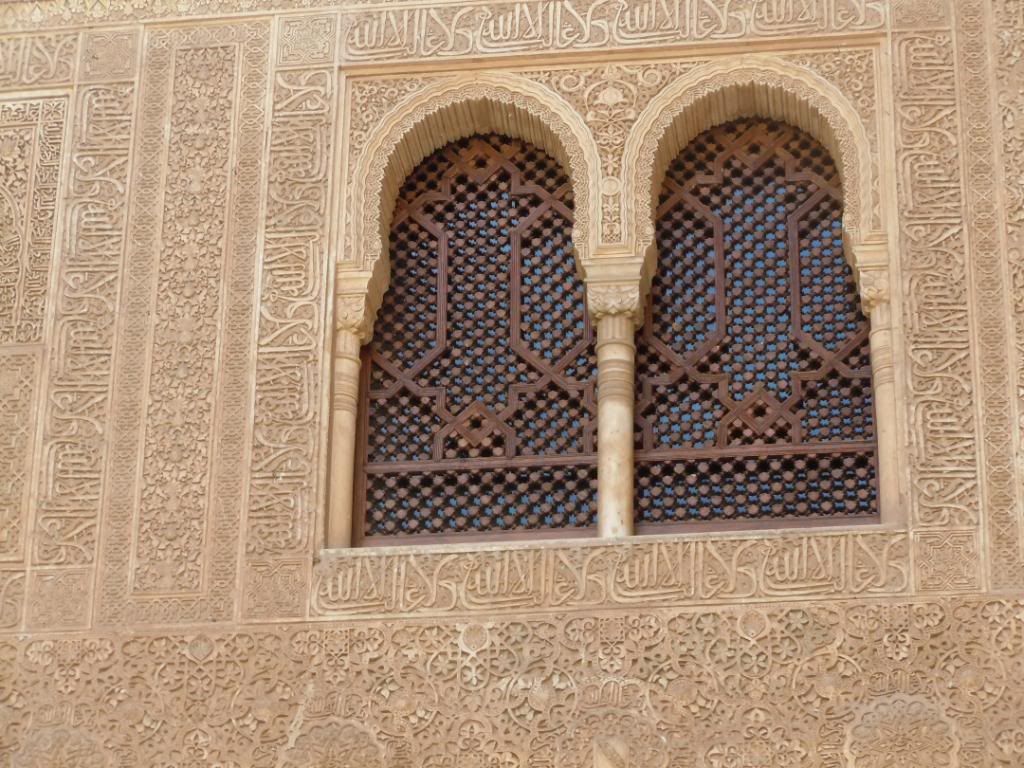
Windows in which you can see out but not in. The Muslim style of architecture calls for all windows to face the inside of the structure, toward inner courtyards, emphasizing the ideal of safety and modesty.

Arabic script adorns the wall everywhere. I believe this says "There is no conqueror but Allah" and it is repeated over 1,000 times on the wall of this room.

Stalactite-ish ceiling with high windows.

The iconic image of the Alhambra.
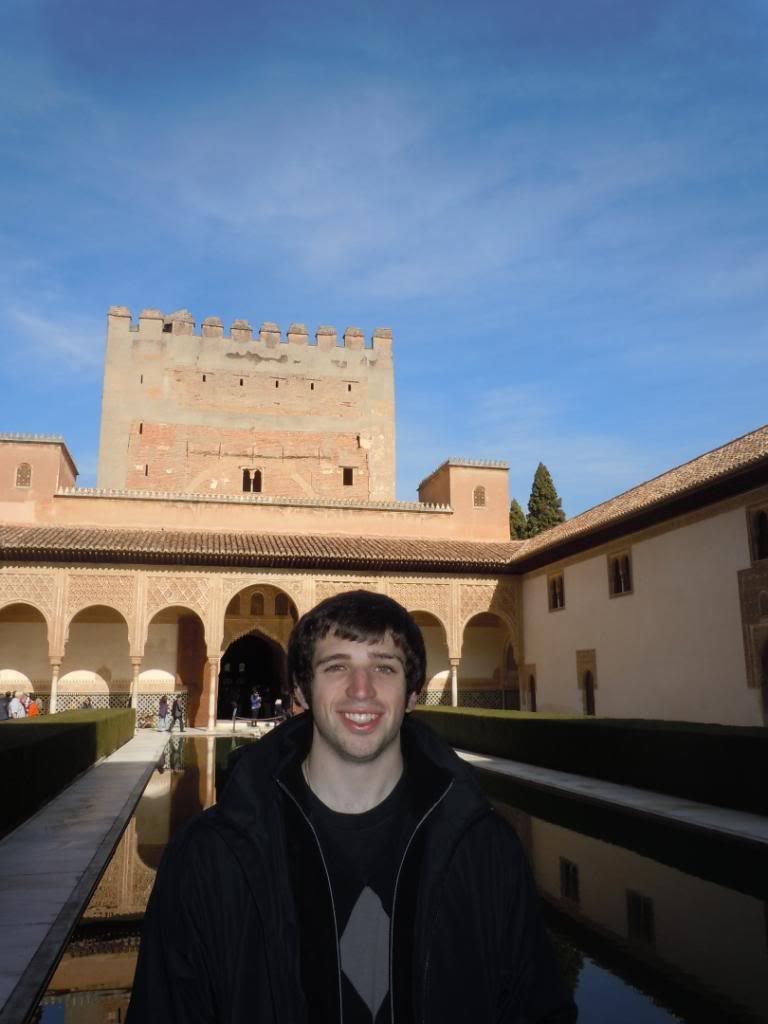
The new iconic image of the Alhambra--just kidding.

A great view from one of the towers near the edge of the Alhambra palace.
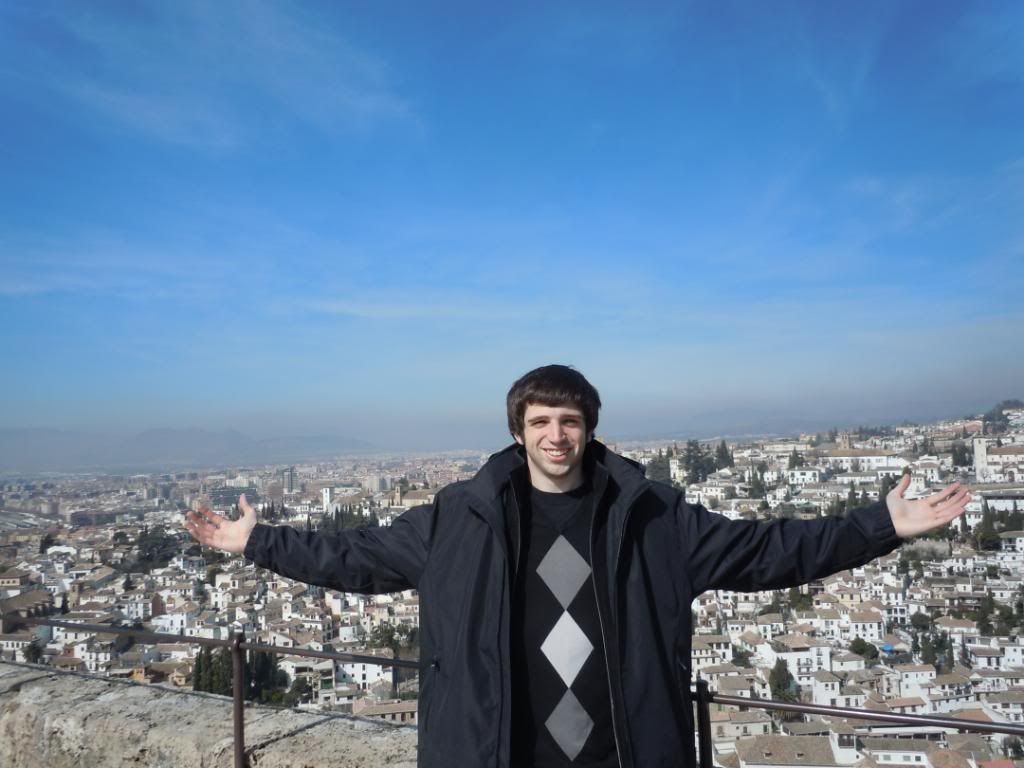
The town of Granada below with the old Muslim quarter, the Albayzin in the distance.
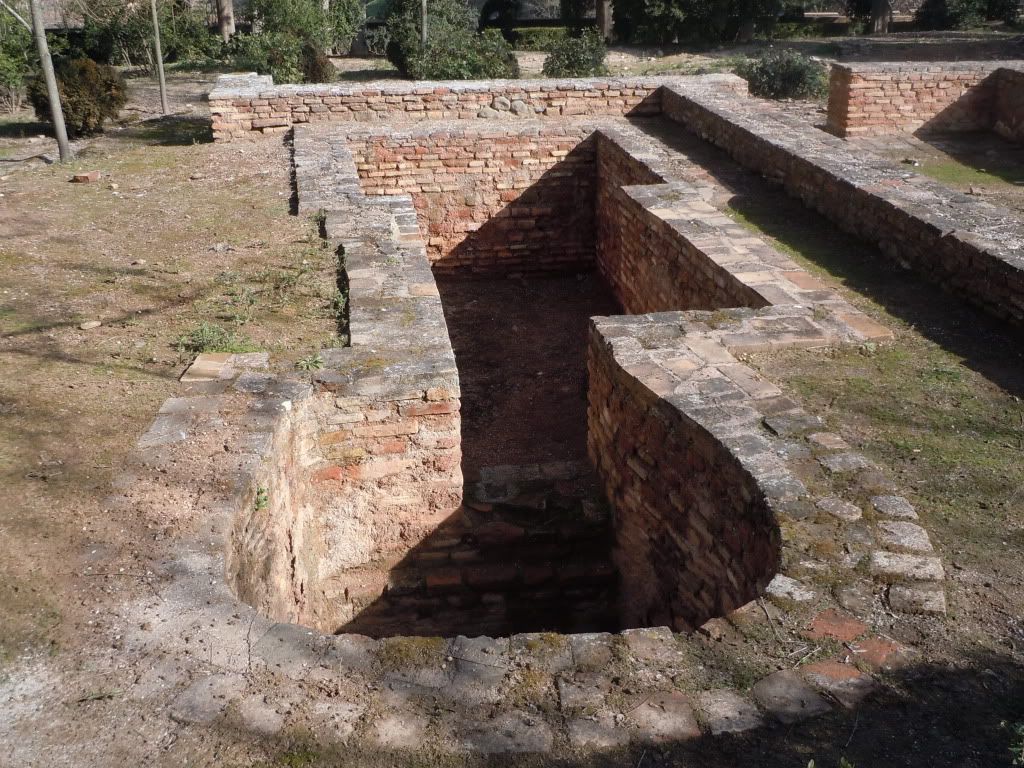
Old cooking area I believe.
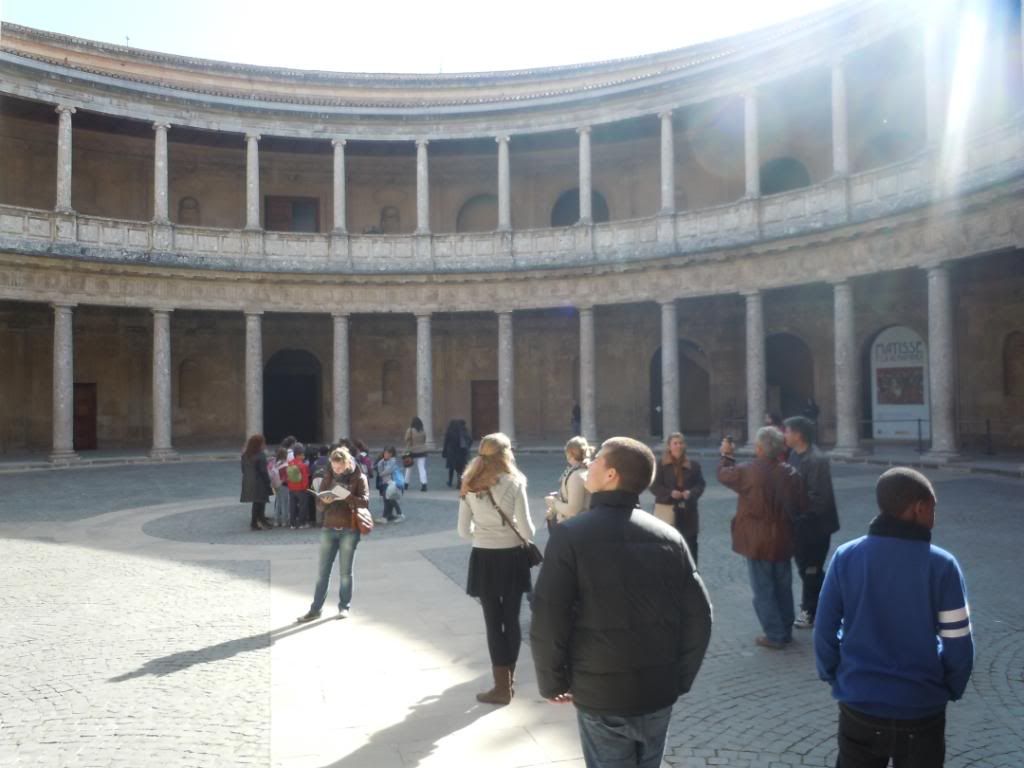
The Christians conquered the Alhambra during the Reconquista and put up some of their own monuments, including this circular, Gladiator-type building.

That afternoon, a friend and I went for a walk around Granada. This is one of the old gates into the city.
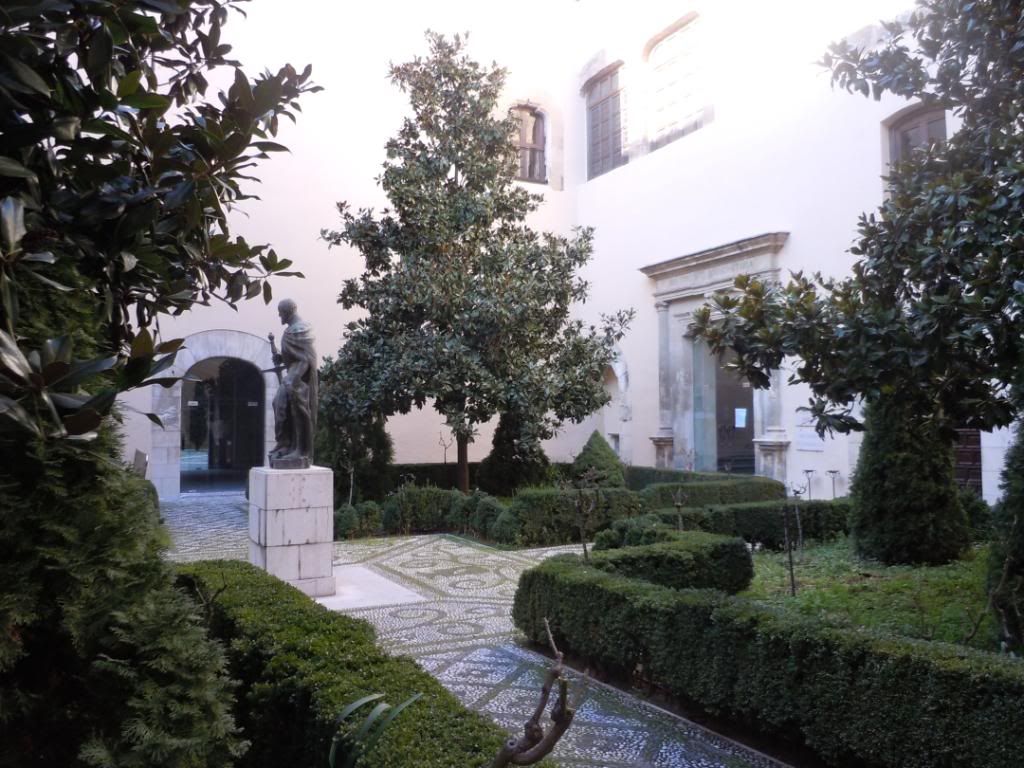
Administration building of the University of Granada, Spain's top college.
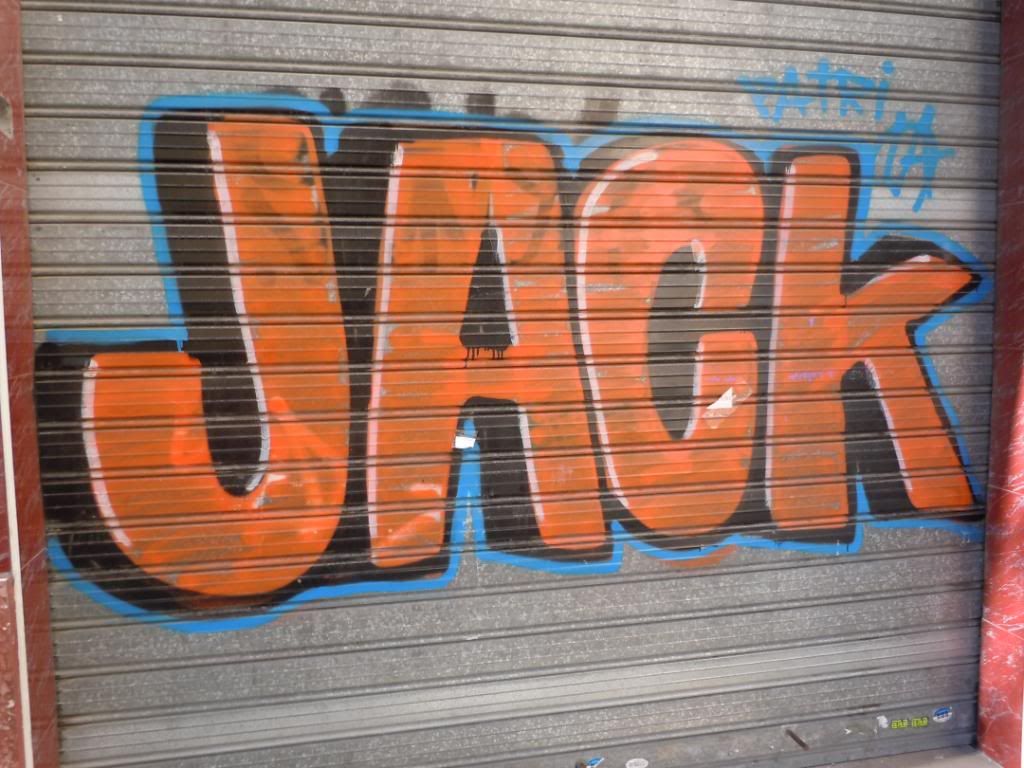
I'm usually opposed to graffiti, except when they make my middle name look so cool.
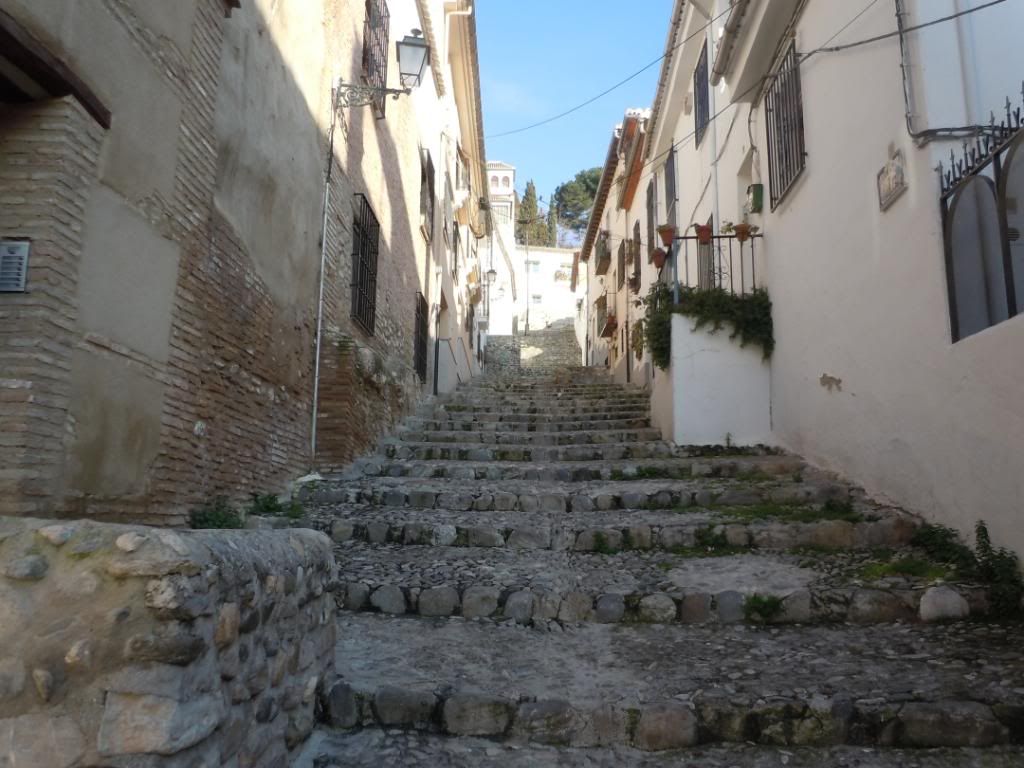
Crazy little street in Granada. Wouldn't want to walk up and down this everyday.
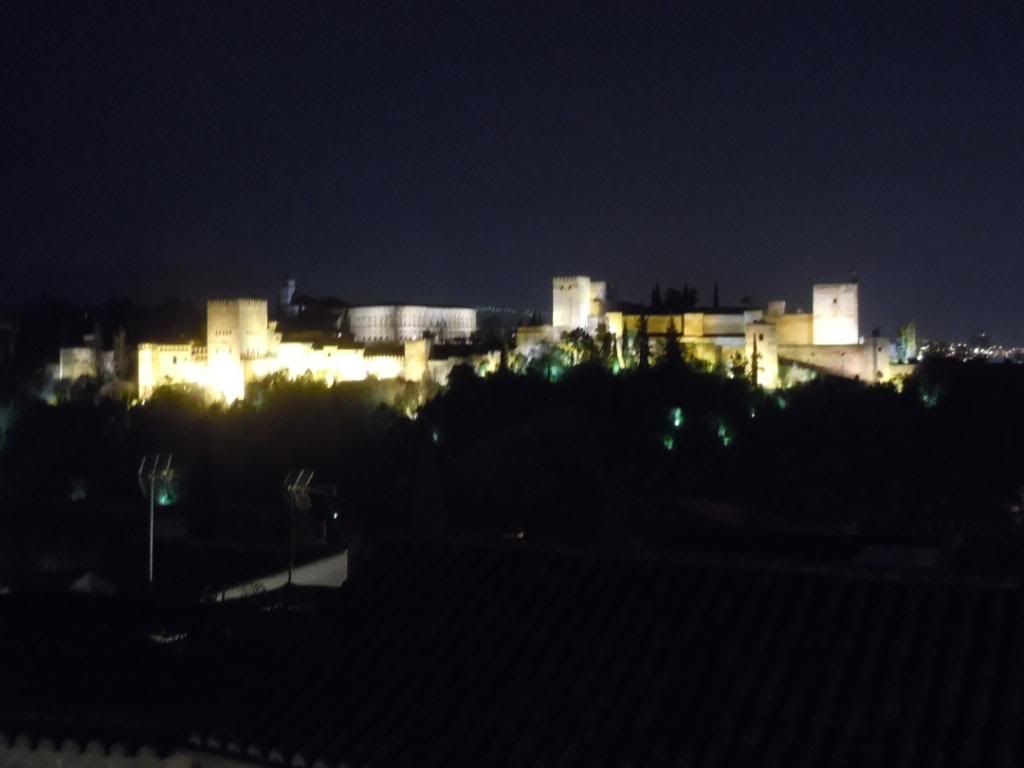
This may be the best blurry picture I've ever taken. This is a view of the Alhambra at night from the Albayzin district. It was really hard to do this justice with the camera. We had an interesting night as well, eating Gypsy food and watching Gypsy flamenco. Lots of fun.
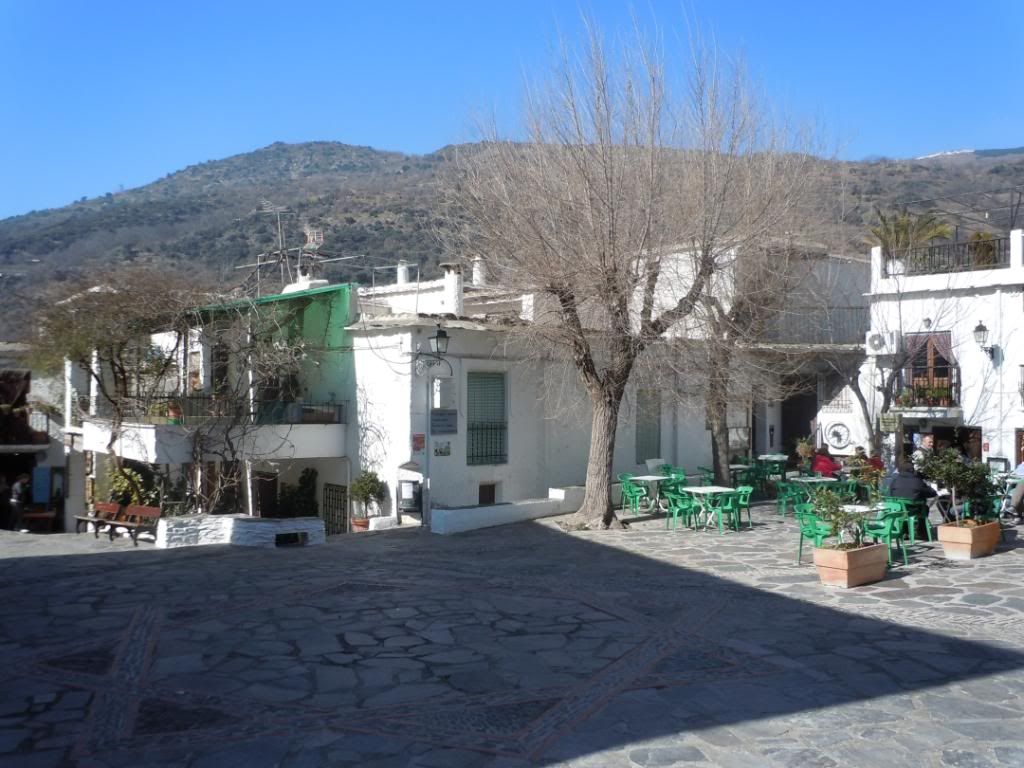
Next up was a day trip to the nearby Sierra Nevada Mountains (not those Sierra Nevadas though). Getting there was a task--a giant bus taking lots of hairpin turns led to quite a few motion sick students gasping for air. Once we got there, though, it was charming little mountain area.
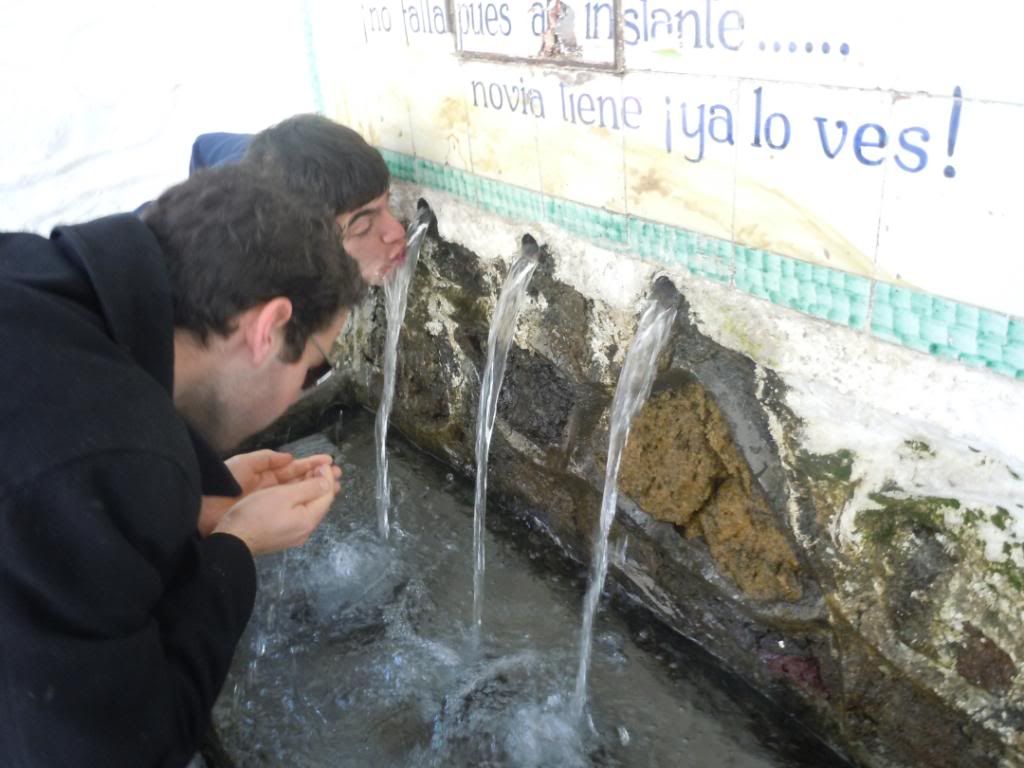
This plaque above this fountain says that if you drink the water, you will find a girlfriend. I took a few gulps (delicious water by the way) along with my friends--we'll see what happens, I guess.
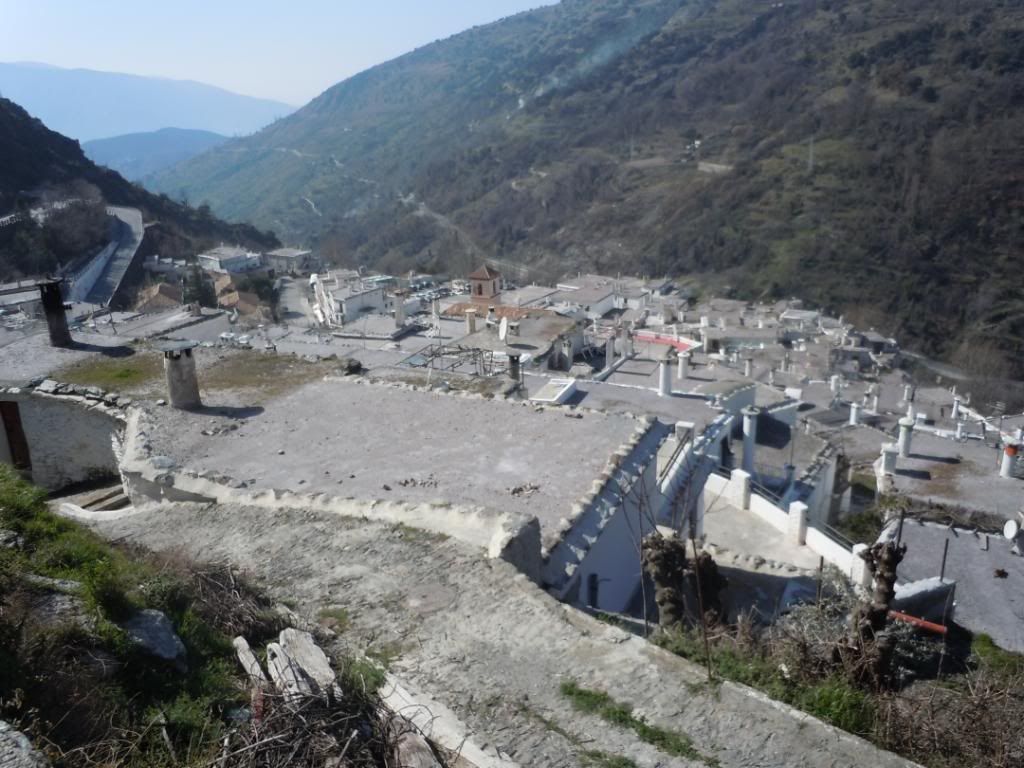
The last picture I took on our nature hike before I battery went dead. We had some better views once we reached the next little town for lunch (delicious olives!) but alas, this will have to do.That's all for now. Until later, hasta luego.
No comments:
Post a Comment